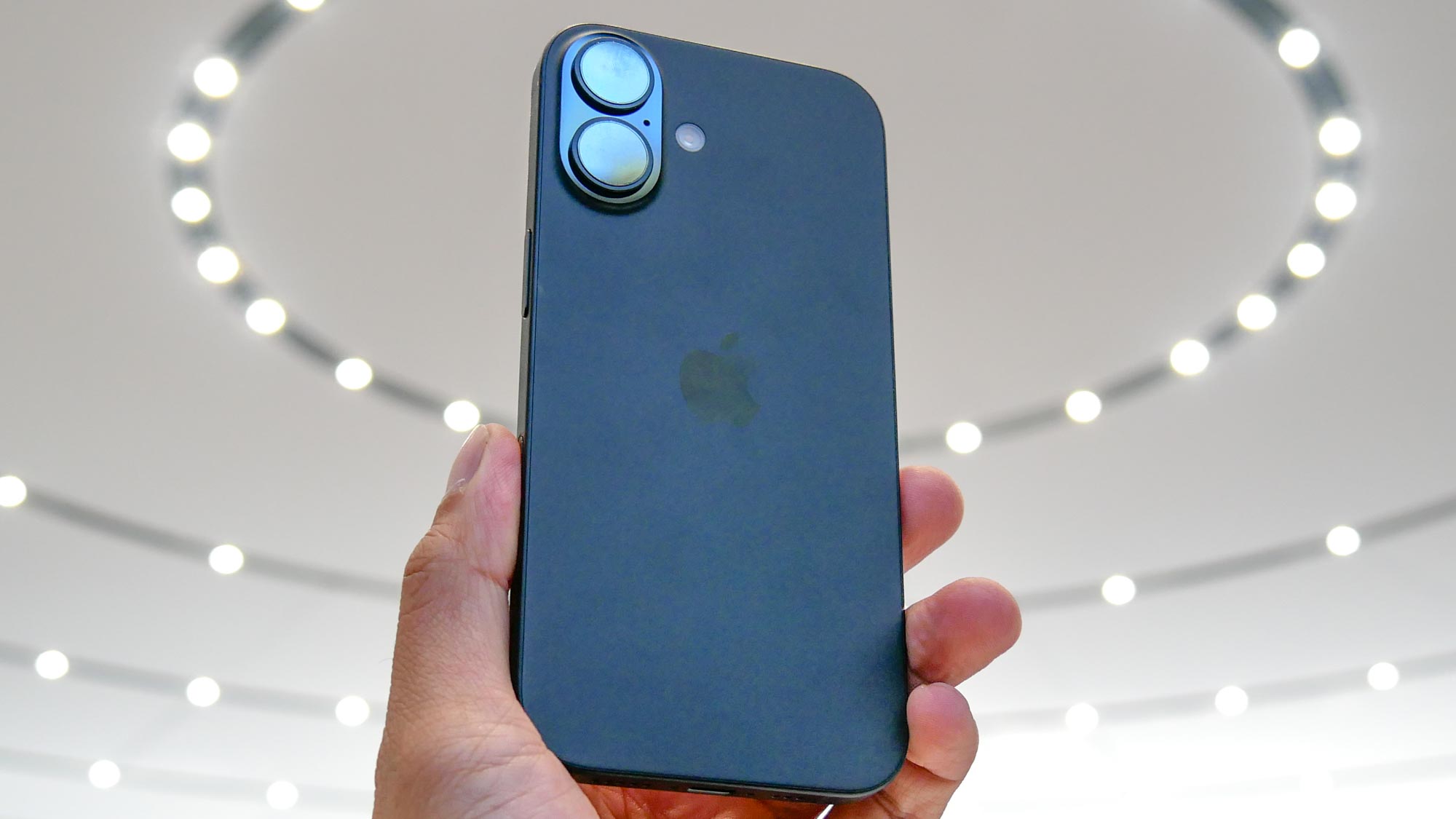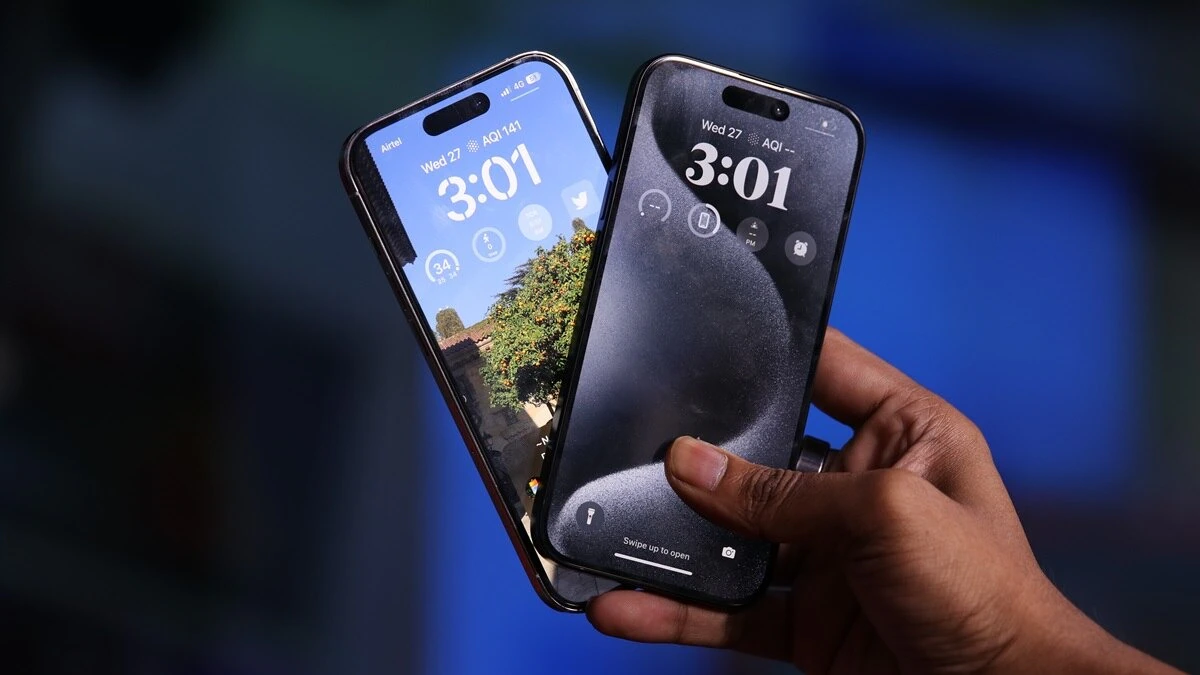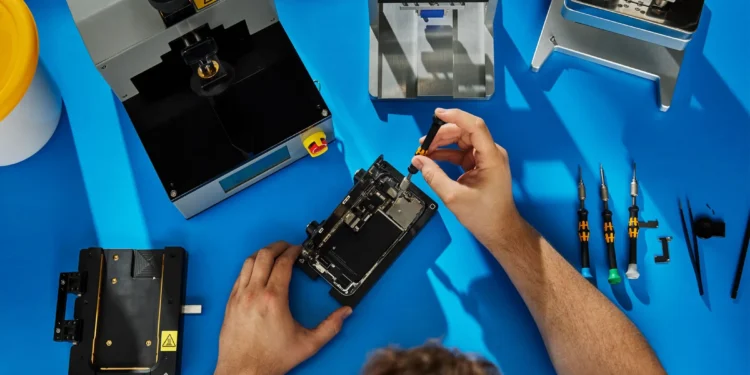In a notable shift towards empowering users, Apple has officially rolled out a specialized toolkit designed for the iPhone 16, marking a significant advancement in the right-to-repair movement. This move not only underscores Apple’s commitment to user autonomy but also highlights a proactive approach in the tech industry toward sustainable device management.

Unpacking Apple’s Self-Service Repair Kit
With the upcoming release of the iPhone 16, Apple has preemptively introduced a comprehensive array of tools aimed at facilitating DIY repairs. This initiative is a part of Apple’s broader Self-Service Repair program which encourages users to undertake their device maintenance.
The toolkit, available directly from Apple’s Self-Service Repair Store, includes an array of specialized tools each bearing a unique part number. These are not your average household tools but are professional-grade items tailored for specific repair tasks. The list includes:
- 6.1-inch back and display protective covers: Essential for safeguarding the device’s delicate components during repairs.
- Adhesive Cutter and Removal Tools: Designed to safely disassemble and reassemble device parts.
- Display Press and Removal Wedges: These tools ensure the display is handled correctly without causing damage.
- Various Torque Drivers with Specific Torque Settings: These are crucial for the precise tightening and loosening of screws.
- Battery Press: A specialized tool is needed for secure battery replacement.
- Heated Display Removal Fixture: This tool simplifies the removal of the display, reducing the risk of damage during the process.
Apple also recommends several common tools obtainable from electronics supply retailers, which include ESD (Electrostatic Discharge) protection items like mats, wrist straps, and tweezers; safety equipment such as cut-resistant and heat-resistant gloves, and safety glasses; and cleaning supplies including melamine sponges and isopropyl alcohol wipes.

Why Apple’s Toolkit Matters
This toolkit is not just about providing the means for repairs; it’s a statement about the importance of correct, safe, and effective handling of technology. Apple’s curated list of tools ensures that even amateur repair enthusiasts will handle their devices with the same level of care as professionals. The implications of this are vast. By making it easier for users to perform their repairs, Apple is helping extend the lifespan of its devices. This not only makes economic sense for users but is also a more environmentally sustainable approach. It reduces waste and the frequent need for replacements that burden our planet.
Moreover, as the release date of the iPhone 16 draws near, the early announcement of these repair tools suggests a shift in how tech companies are viewing their relationship with consumers. It represents a move toward transparency and trust, empowering users to maintain their devices without necessarily stepping into a store or service centre.

Apple’s latest initiative might set a new standard in the tech industry, reflecting a growing trend that supports user-led repairs. This could potentially influence other tech giants to follow suit, leading to more sustainable practices industry-wide. As we move towards a more user-empowered approach, it remains to be seen how this will reshape user experiences and the global tech landscape. This proactive approach by Apple not only meets the demands of the right-to-repair advocates but also aligns with the increasing consumer desire for sustainability and self-sufficiency in technology usage.










